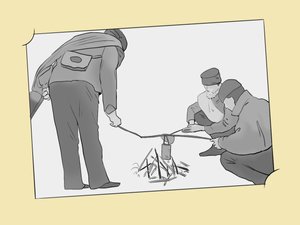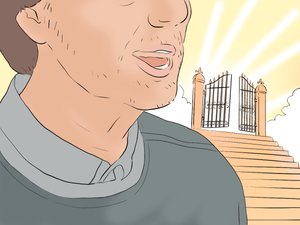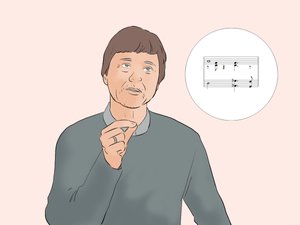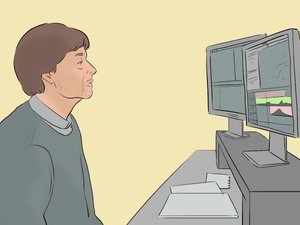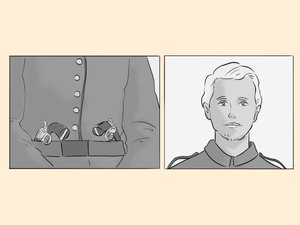How to Make a Documentary

Authored by
Director, FilmmakerAs a documentary filmmaker, you’re here to be an emotional archaeologist, not to excavate the dry dates and facts of the past. Your documentaries will take the audience by the hand and show them the drama of history, and these tips from Ken Burns will show you how.


